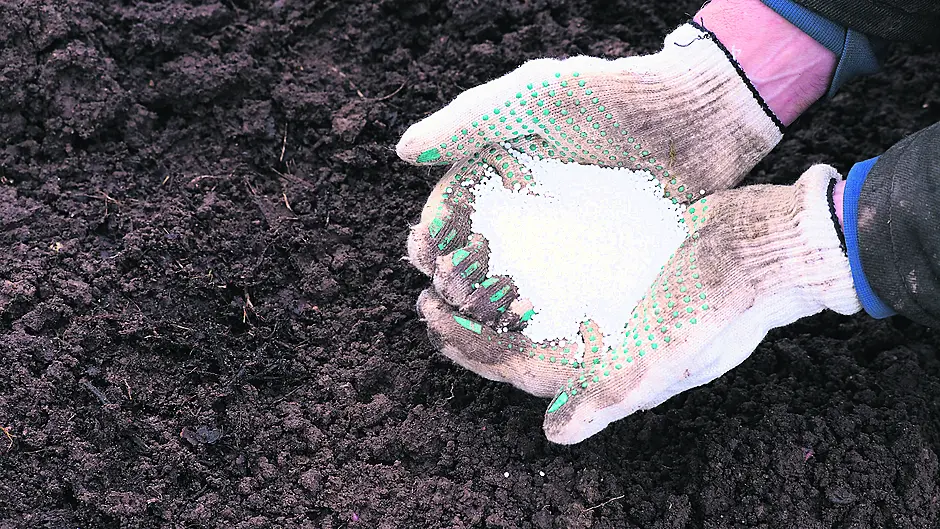CLIMATE change has dominated the public discourse in recent months, and in particular the role of agriculture.
Sectoral targets have now been set with agriculture’s target being a 25% reduction in emissions relative to 2018, and the land use (LULUCF) target will be addressed in 18 months’ time.
A 25% reduction is a very demanding target. The debate is often framed around a cut to the national herd. But there is an alternative, which is the development and implementation of technologies and improvements in our systems of production to reduce emissions.
Can we meet all of the 25% target through technology alone?
It will be very challenging, as the technologies outlined in the 2019 Teagasc MACC are not nearly sufficient.
However, we have a very active research programme in this area, and there are a range of additional technologies at various stages in the research pipeline, some which could be deployed soon, including age at slaughter, and feed additives and others are at an early stage of research (breeding).
As a farmer, you might ask: ‘Where do I start to reduce emissions?’
Step one on any farm should be to reduce the reliance on chemical nitrogen in grassland and cropping systems.
How does reducing chemical N reduce greenhouse gas (GHG) emissions?
Chemical N releases nitrous oxide into the atmosphere when applied to land. Nitrous oxide is one of the three main greenhouse gases (carbon dioxide, nitrous oxide and methane). Therefore, if you reduce the amount of chemical N used on the farm, you reduce the amount of nitrous oxide emitted.
What are the main fertiliser reduction strategies?
There are a range of proven technologies today to reduce our reliance on chemical N.
Firstly, get soil fertility correct. Moving from pH 5.5 to 6.3 can make between 50-70 kg N per ha per year available to the crop as well as reducing N2O emissions per kg N applied.
Aim for Index 3 for P and K. Additionally, apply slurry using LESS between February and May. Slurry nitrogen fertiliser replacement value can be increased (and ammonia emissions reduced) by between 25%-50% by using trailing hose (dribble bar) or trailing shoe technology.
Also, use clover or multi-species swards. Clover can fix between 80-120 kg N per ha per year depending on underlying soil fertility and sward management.
Multi-species swards also offer extra benefits in terms of drought resistance and cow health. However, care must be taken to ensure adequate dietary roughage (hay or straw) in order to avoid bloat.
Finally, including legumes such as beans in a tillage rotation, incorporating over winter cover crops to reduce N leaching and incorporating organic manures.
What type of chemical fertiliser should I use?
If chemical fertiliser must be applied, then switching from CAN and straight urea to protected urea will directly reduce both GHG and ammonia emissions while also being cheaper.
New research on low N compound fertilisers has found that N2O emissions could be reduced around 40% with compounds including 18:6:12 compared to high N compounds.
What is the national inventory for greenhouse gases (GHG)?
The national inventory is an accounting system, overseen by the EPA, which accounts for all the GHG emissions from each of the sectors and the country as a whole. So when we talk about a 25% reduction in GHG in agriculture it refers to a reduction in the national inventory figures. For Agriculture, the inventory includes: N fertiliser type and amount used, livestock number, manure storage and application method and lime use.
How is the reduction in chemical N accounted for in the national inventory of greenhouse gas emissions?
For the enabling actions above (liming, LESS, clover etc) to work to reduce GHG and consequently the national inventory figure for Agriculture, N fertiliser application must be decreased by the amount of N that each measure saves, otherwise there is little or no GHG saving.
And you, the farmer is losing out as there is no cost saving from applying lime, using LESS or incorporating clover.
The national inventory does not measure clover incorporation levels, it does measure lime application and it counts as a small increase in GHG emissions but the savings from the reduced N fertiliser application due to liming are much greater.
Therefore, if chemical N doesn’t decrease, then we don’t get credit for it in the inventory or our pockets.
Many farmers have reduced their nitrogen use in 2022 due to high fertiliser prices, but can you retain that saving in your pocket and your emissions reduction through 2023 and beyond? That is the big question.
• Stephen O’Sullivan is a B & T drystock advisor based in the Skibbereen office.










